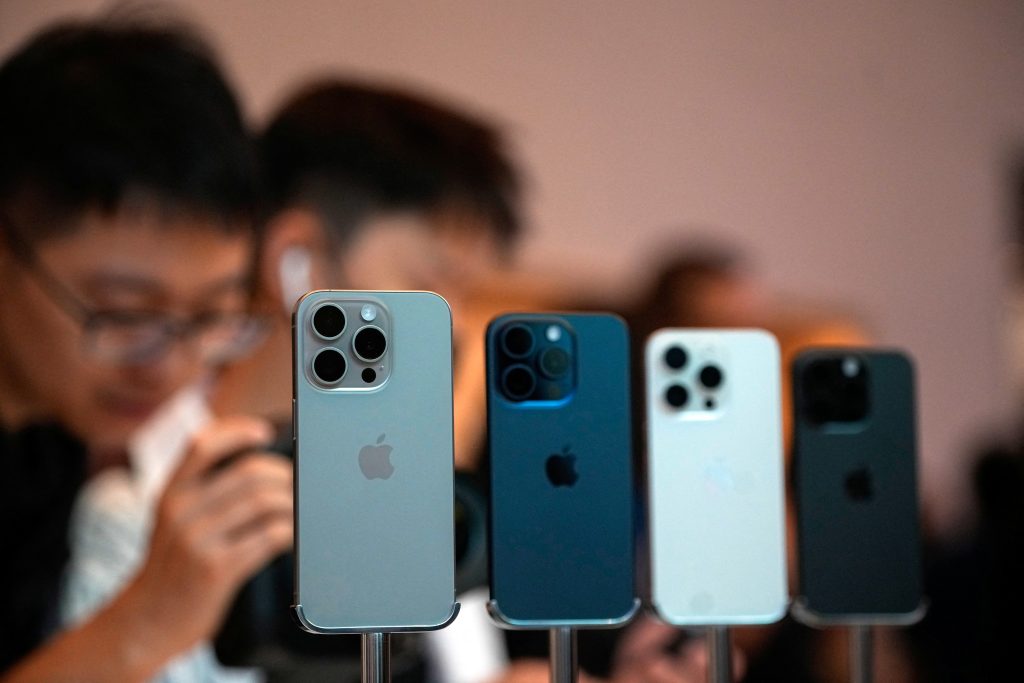Response to Economic Challenges
The decision to implement these discounts reflects Apple’s response to a challenging economic landscape. Slow consumer spending and heightened competition characterize this environment. As the Chinese economy grapples with deflationary pressures, consumers are increasingly cautious with their purchases. This situation prompts premium brands like Apple to reevaluate their pricing strategies.
Details of the Promotion
During this promotional period, Apple will reduce prices on various models of the iPhone 16 series. The cuts include substantial reductions for the iPhone 16 Pro and Pro Max. Older models will also see price drops ranging from 200 yuan to 400 yuan ($27.40 to $54.80). To qualify for these discounts, customers must use specific payment methods such as WeChat Pay or Alipay. This requirement underscores Apple’s strategy to integrate more deeply into China’s digital payment ecosystem.
A Broader Trend in Pricing Strategy
Apple’s latest discount campaign is not an isolated incident but part of a broader trend. The company has been compelled to adjust its pricing in response to competitive pressures. Just last year, Apple slashed prices significantly during major shopping events like Singles’ Day, where discounts reached as high as 1,600 yuan ($225) on certain models. Such aggressive pricing tactics indicate the fierce rivalry in China’s smartphone sector, where local brands often surpass Apple in terms of market share growth.
Market Share Dynamics
Recent data reveals that while Apple managed a slight increase in sales during the launch of its iPhone 16 series, its overall market share has faced challenges. Reports indicate a 20% year-on-year growth during the initial weeks of sales. However, Huawei has experienced a remarkable resurgence, with its market share climbing by 42% over the past year. This shift highlights a growing preference among Chinese consumers for homegrown brands that offer competitive pricing and innovative features.
Consumer Behavior and Economic Factors
The competitive landscape is further complicated by economic factors affecting consumer behavior. Analysts note that China’s sluggish economic recovery has led consumers to prioritize value over brand loyalty. Many are opting for high-quality alternatives from local manufacturers that provide similar specifications at lower price points. For instance, Huawei’s recent launches have garnered attention for their advanced technology and affordability, making them attractive options for budget-conscious buyers.
Broader Implications for Global Tech Firms
Moreover, Apple’s challenges extend beyond pricing strategies; they also encompass broader geopolitical issues and supply chain constraints that impact operations in China. The U.S.-China trade tensions and subsequent sanctions have created an environment where local manufacturers can capitalize on their ability to produce devices without facing similar restrictions. This dynamic allows companies like Huawei to innovate rapidly and regain market share lost during previous years of sanctions.
Adapting to Change
The implications of these developments are significant for Apple and investors observing the global tech landscape. As competition intensifies within China’s smartphone market, companies may need aggressive pricing strategies or risk losing relevance among consumers drawn to local brands. This situation could foreshadow larger shifts in how Western firms approach pricing and marketing strategies in emerging markets worldwide.





